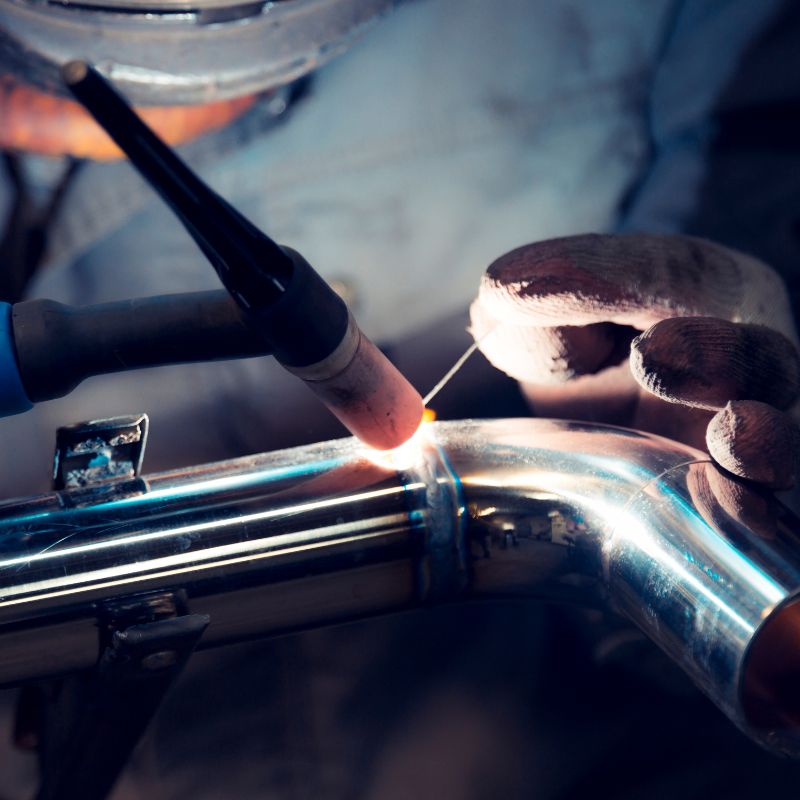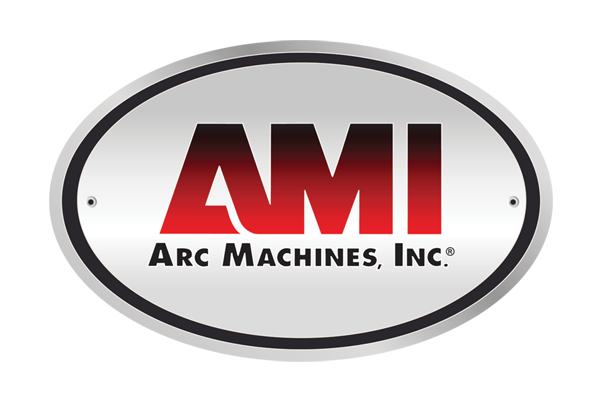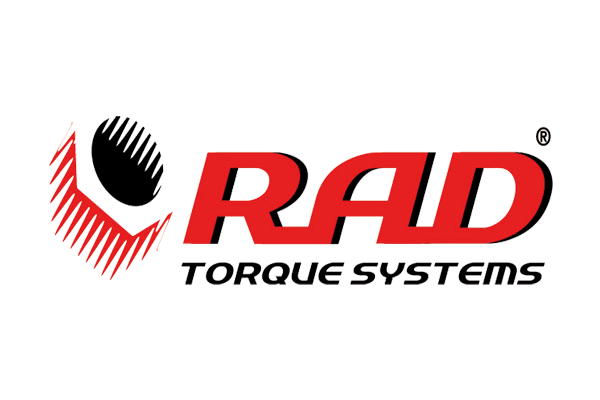3 Ways To Improve Your TIG Welding Technique
Tungsten inert gas welding is a great technique to touch up current projects or when dealing with thin objects requiring a more delicate approach. However, with how small the margin for error is and the expectations for the final result, it is one of the hardest processes to master. These are three ways to improve your TIG welding technique to help get you where you want to be.
Rest Your Wrists
With the delicate nature of the TIG welding process, it is important to have something to rest your wrists on to steady your welding. Having something to support your hands decreases the chances of slipping or unsteadily burning the metal. It’s important to prioritize accuracy and take as much time as you need. A professional-grade TIG weld is smooth to look at, and a uniform pattern is what should be aimed for.
Clean the Area
Ensuring the base metal is cleaned before you begin the job is necessary to improve the quality of your welds. The more contaminants get in the way of the metal and your flame, the more it affects the final result. A clean work area included nothing but the metal itself and your weld. Brushing the work area with a clean tool and wiping it down is the best way to achieve this goal.
Warm Up
Sometimes your first weld of the day is a little sloppy compared to your actual capabilities. It’s recommended to try warming up on a practice metal before getting started. Much like exercising, warming up your hands and wrists to the motion of the weld does a lot in preparing you later on. Doing a practice run before each new weld is a good idea and sometimes routine for some experienced welders.
The TIG welding process requires time and concentration to perfect. While processes like automated pipe spool welding are great for cutting down on time, they are not always available. Having the skill to do the task by hand is a great way to stay ahead of your peers and be a more competitive welder in general. Implementing these three ways to improve your TIG welding technique is the best approach to achieving that goal.









